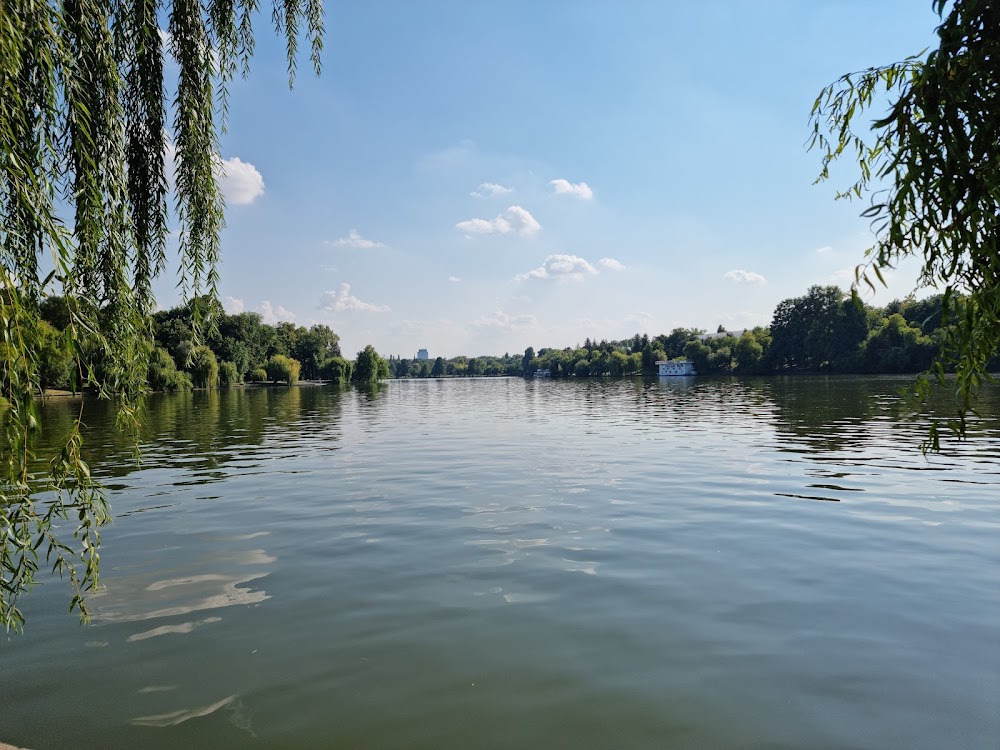The National Museum of Art of Romania (Muzeul Național de Artă al României)
Overview
The National Museum of Art of Romania, located in the heart of Bucharest, is a cultural gem housed within a building that has a rich and storied past. Originally constructed in 1812 as a Royal Palace for the Romanian royal family, this illustrious structure has undergone numerous renovations and expansions over the years. The most significant transformation occurred during the reign of King Carol I in the late 19th century, when the palace was modernized and enlarged to embody the grandeur and cultural aspirations of the Romanian state.
As a central piece of Bucharest's architectural heritage, the Royal Palace transitioned into the National Museum of Art in 1948, following Romania's shift to a republic in 1947. This transformation required extensive remodeling of many rooms to create suitable spaces for displaying art collections while preserving the building's historical integrity. The meticulous planning involved in this process reflects a commitment to honoring the palace's past while embracing its new role as a public museum.
The museum's impressive collection began with royal acquisitions, featuring works by renowned Romanian artists as well as international masterpieces. Over the years, the collection has expanded to include a diverse range of art, spanning from medieval to modern periods. The museum is organized into three main sections: the National Gallery, the European Art Gallery, and the Decorative Arts Collection.
The National Gallery is dedicated to Romanian art, showcasing masterpieces by notable artists such as Theodor Aman, Nicolae Grigorescu, and Ion Andreescu. Their works beautifully capture Romania's cultural heritage and natural landscapes. This section also highlights the evolution of Romanian art from medieval times to the 20th century, providing visitors with a comprehensive understanding of the country's artistic journey.
In contrast, the European Art Gallery houses an extraordinary collection of European paintings and sculptures, featuring works by illustrious artists like El Greco, Rembrandt, and Rubens. The quality and diversity of the European collection offer a fascinating glimpse into the rich artistic traditions that have shaped Europe.
The Decorative Arts Collection showcases exquisite examples of furniture, ceramics, glassware, and textiles, highlighting the craftsmanship and aesthetic sensibilities of various eras. This segment of the museum is particularly noted for its intricate Romanian and European pieces, reflecting the social and cultural contexts of their times.
In 1989, the museum faced a significant challenge during the Romanian Revolution, when the building suffered considerable damage from fires and gunfire. Extensive restoration efforts were launched to repair the damage, resulting in the museum closing for renovations until it finally reopened in 2000. This monumental restoration involved collaboration between local and international experts, aiming to authentically restore both the building and its contents while enhancing the facilities.
Today, the National Museum of Art of Romania stands as a testament to the resilience and cultural pride of the Romanian people. It continues to attract visitors from around the globe, offering a remarkable opportunity to explore Romania’s artistic heritage. Beyond preserving art, the museum hosts various exhibitions, educational programs, and cultural events, establishing itself as a dynamic center for arts and culture in Bucharest. With its rich history and diverse collection, it is a must-visit destination for anyone interested in Romanian and European art.







